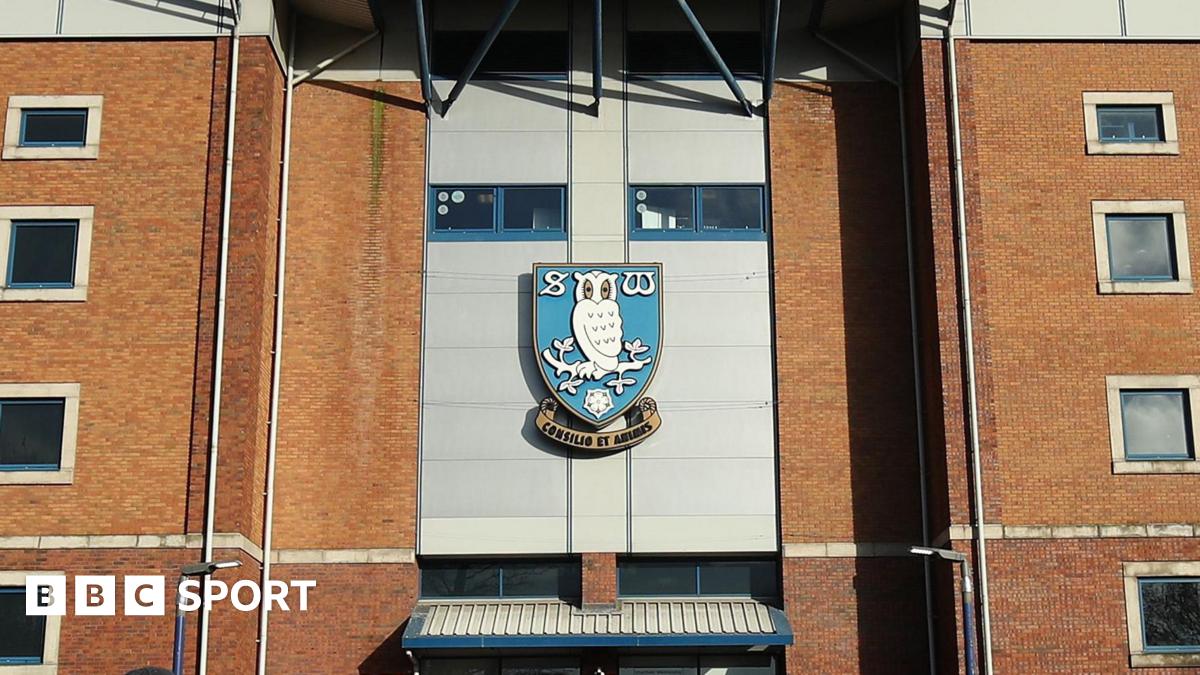James Bord: Ex-poker player chosen as Sheffield Wednesday preferred bidder
Former professional poker player James Bord has been chosen as the preferred bidder to take over Sheffield Wednesday, BBC Sport can confirm.
The Owls have been in administration since October, ending 10 years under the ownership of Dejphon Chansiri.
On Wednesday, the troubled Championship club’s administrators announced a deal had been reached with a potential buyer.
London-born Bord started his career working for gambling firms Starlizard and Smartodds before winning $4.3m (£3.18m) on the poker circuit.
He now runs data company Short Circuit Science, which uses artificial intelligence (AI) for sports analytics and was involved in an advisory role to COH Sports after its takeover of Sheffield United in the summer, though he now has no connection to the Owls’ rivals.
Under the banner of Park Bench SFC LLC, Bord also has a stake in Spanish Segunda Division side Cordoba CF and Bulgarian club Septemvri Sofia.
Bord, who is based in Las Vegas, has owned Dunfermline along with partner Evan Sofer for almost a year. He attended his first game in person at the weekend, a 3-2 home loss to Ayr United.
At present it is unclear who is part of Bord’s consortium to buy Wednesday, who are bottom of the Championship table on -9 points due to deductions, or if it will be part of Park Bench SFC LLC.
The Bord bid still has to pass the EFL’s Owners and Directors’ test, which may have some hurdles to overcome due to his past involvement in gambling.
